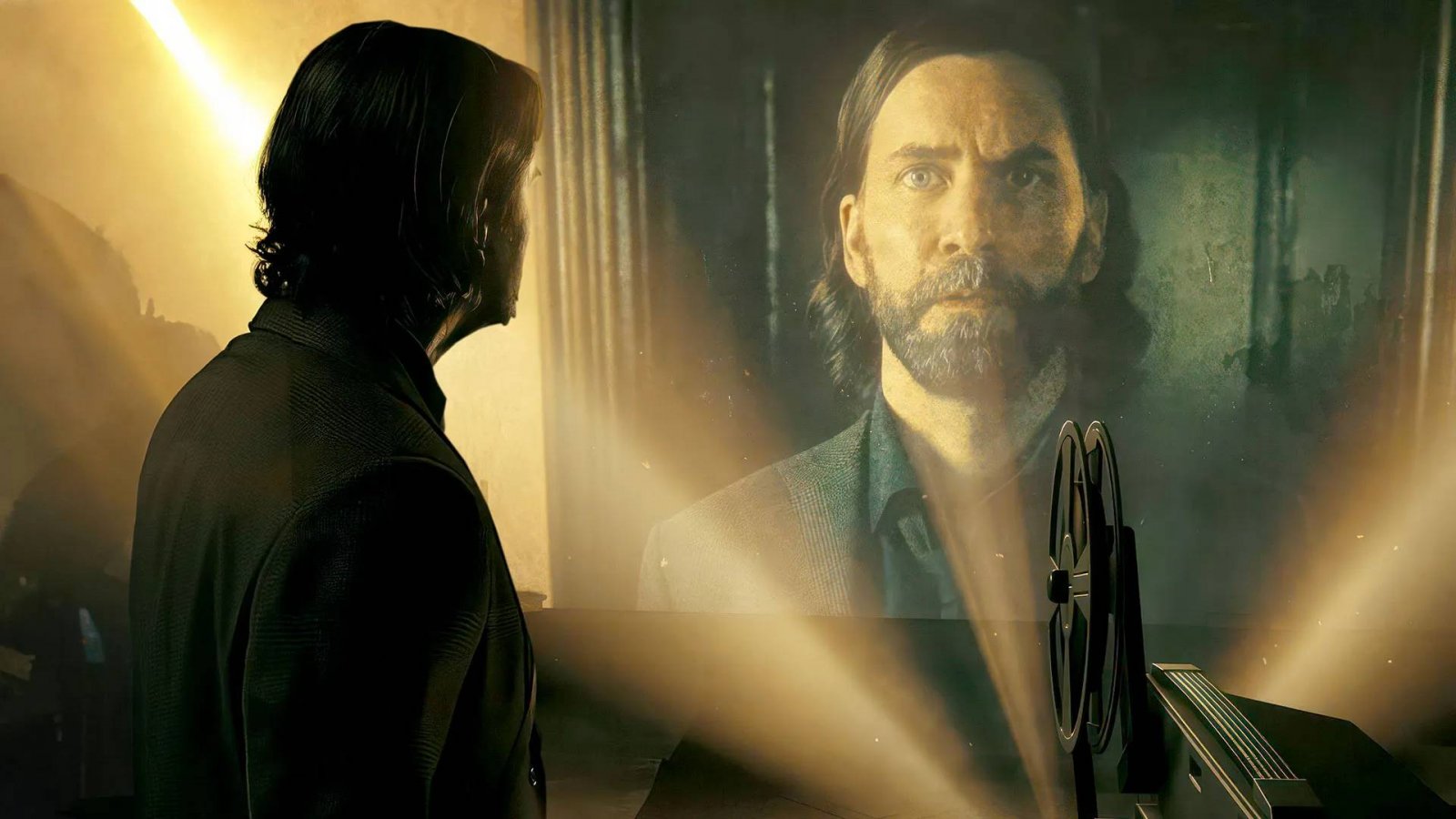The Pattern Seekers

GUEST POST BY JASON SILVA
The spectacular think tank and apparel company The Imaginary Foundation states that “To Understand Is To Perceive Patterns”. This seemingly simple sentence is actually utterly profound: what it reminds us is that “understanding” means figuring out (or seeing) how things fit together. We extract meaning from chaos by spotting patterns. It is the signal in the noise.
To celebrate the importance of patterns, The Imaginary Foundation released the Pattern Seekers Trading Cards, each one highlighting a unique “patternist” who has made a profound impact on the world by discovering a “metapattern”. Upon reading about these guys, you’ll see the “meta-pattern” that defined their life and thinking. Beautiful stuff indeed!
1. Buckminster Fuller
Meta Pattern: Nature is a totally efficient, self-regenerating system. IF we discover the laws that govern this system and live synergistically within them, sustainability will follow and humankind will be a success.
2.Marshall Mcluhan
Meta Pattern: The medium is the message. Developments in communications technology change the way we think about and experience the world. We shape our tools, and thereafter our tools shape us. Electronic communications are an extension of the human nervous system.
3. Joseph Campbell
Meta Pattern: All religions are metaphorical rather than literal and contain poetic, symbolic meaning that should be examined for clues concerning the fundamental truths of the world and our existence. The Monomyth: All great stories fit the archetype of the “hero’s journey” whereby the hero answers the call to adventure, leaves the familiar world behind, overcomes great obstacles, faces his own actual or symbolic death, transcends and has an apotheosis, gains glory and insight, brings back the gift of wisdom back to the ordinary world in the return.
4. Deep Blue
Meta Pattern: Chess is one of humanity’s great intellectual pursuits and a complex form of pattern recognition. In a 1997 match against world champion Garry Kasparov, Deep Blue became the first computer to defeat a human chess master.
5. David Bohm
Meta Pattern: Bohm’s ”holomovement” demonstrates how physics can be rigorously consistent with higher realms of truth, order, and existence.
6. George Lakoff
Meta Pattern: The mind is embodied. Truth is a metaphorical construction, not an attribute of objective reality. Reason proceeds from our experience of physicality.
7.Howard Bloom
Meta Pattern: “Omnology,” the idea that patterns emerge when the arts and sciences are viewed as a whole. Bloom’s synthesis strives to make aesthetics, intuition, emotion, logic, politics, business, and science all facets of a common process, offering us the broadest view conceivable.
8. Gordon Moore
Meta Pattern: Moore’s Law, which states that computer power doubles every two years, a principle that has held for half a century. Almost every feature of digital devices is strongly linked to Moore’s Law, from processing speed and memory capacity in PCs to the number and size of pixels in digital cameras.
9.Leonardo Fibonacci
Meta Pattern: The Fibonacci sequence, a set of numbers intimately connected to a mathematical proportion that yields beauty in nature, art, and the human form.
10. James Lovelock
Meta Pattern: The Gaia hypothesis. Lovelock proposed that Earth is a living, self-regulating system that functions as a superorganism. His hypothesis has been hugely influential in the development of ecology and environmentalism.
11. Edward Tufte
Meta Pattern: Quantitative data arranged visually can reveal hidden trends and cycles. Tufte’s ideas were embraced by the architects of the Information Age, and have shaped everything from evening-news infographics to research in the physical and social sciences.
12. Albert Einstein
Meta Pattern: Relativity. Einstein revolutionized modern physics by demonstrating that time and space are not fixed and that mass and energy are manifestations of the same thing.
13. Ray Kurzweil
Meta Pattern: Exponential change. Technological progress will continue to accelerate until machine intelligence surpasses human intelligence—an event called the singularity—at which point humans will transcend biology.
14. Benoît Mandelbrot
Meta Pattern: The fractal geometry of nature. Mandelbrot discovered what is now called the Mandelbrot set and coined the term fractal to describe its structure. Fractals, when magnified, display infinitely repeating self-similarity; they describe the complexity of the natural world in a way Euclidean geometry could not.
15. Robert Wright
Meta Pattern: Biological and cultural evolution reward cooperation. In a globally networked society, the welfare of others is in our own self-interest. Borrowing from game theory, Wright calls this the “non-zero sum.”
16. Johann Sebastian Bach
Meta Pattern: The art of fugue. Bach’s use of counterpoint to organize thematic variations into intricately detailed works called fugues is unequaled in Western music. While he didn’t invent the form, Bach’s fugues have been credited by scientists as a source of insight about nature and the cosmos.
17. Peter Russell
Meta Pattern: The Internet is the central nervous system, and each user a discrete neuron, of a newly evolved global brain.
18. Charles Darwin
Meta Pattern: Evolution by natural selection. Darwin’s theory offers a complete explanation of the complexity and diversity of life, connecting all organisms alive today to all organisms that have ever lived.
19. Hubble telescope
Meta Pattern: Bringer of the bigger picture, literally. The Hubble telescope is a space-based observatory that revolutionized astronomy by providing unprecedentedly deep and clear views of the universe.
20. Pythagoras
Meta Pattern: Not only do all things possess numbers, all things are numbers.
21. Marie Curie
Meta Pattern: Radioactivity. Curie’s work contributed substantially to the shaping of the social, political, and technological landscapes of the 20th and 21st centuries.
22. Thomas Kuhn
Meta Pattern: Science proceeds by revolution. Kuhn coined the term paradigm shift to mark the point at which accumulated data overturns received wisdom, engendering a radical transformation of the world and how we think about it.
23. Watson & Crick
Meta Pattern: The double helix. James Watson and Francis Crick discovered the molecular structure of DNA and its replication scheme, which has deep significance for information transfer in all living things.
24. Pierre Teilhard de Chardin
Meta Pattern: Biological evolution is Anti-Entropic: instead of simplifying , evolution is a force of complexification which has crossed a threshold at the dawn of man, at which point we have switched to technological evolution. Evolution has become “self-aware” and “Self-directed” and birthed a new substrate of “mind” he coined “The Noosphere”, which sits above the biosphere, combining all of human knowledge and intelligence and leading us to an “omega point of infinity in all directions” (his own take on the Singularity).
25. Terrence McKenna: Meta Pattern: Language is both a psychedelic and synesthetic technology and was the first “technology” outside of DNA that allowed us to “encode information and transmit it through time and space”. Basic language is the precursor to the electronics communications revolution and may have been spawned by the synesthetic effects of psychedelic mushrooms.
26. Timothy Leary Meta Pattern: The computer is the LSD of the 90’s. Psychedelic substances can expand and dissolve the limitations of “reality” and played a key role in spawning the Information technology revolution. Today our minds compress and transcend time and space through our engagement with trippy devices like cell phones which give us telepathy and create techno-social wormholes. The universe is one big computer system.
Jason Silva is a media personality and Fellow at the Hybrid Reality Institute.





